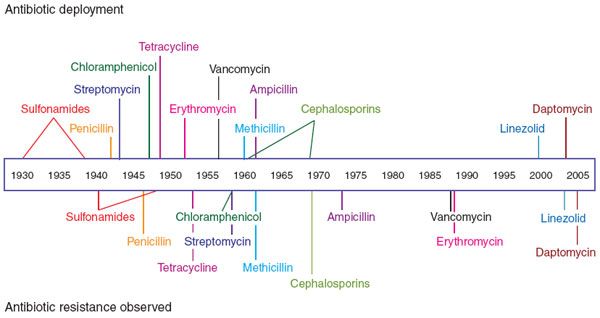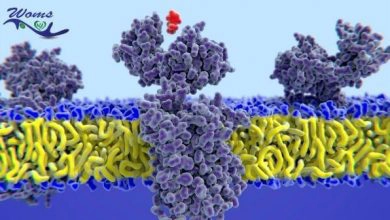
According to Wikipedia, antibiotic refers to a type of antimicrobial substance active against bacteria and their infections. While according to Merriam-Webster antibiotic is a substance produced by or a semi-synthetic substance derived from a microorganism and able in dilute solution to inhibit or kill another microorganism particularly bacteria.
In simple term antibiotics are the substances usually chemicals that work on killing (bactericidal) or inhibiting their growth(bacteriostatic).
The working principles of antibiotics are different amongst themselves and are rationally prescribed by physicians according to the bacteria present in a
Some of the widely and normally used antibiotics are
- Amoxicillin.
- Doxycycline.
- Cephalexin.
- Ciprofloxacin.
- Clindamycin.
- Metronidazole.
- Azithromycin.
- Sulfamethoxazole/trimethoprim
As per the laws in different developed countries, antibiotics are not to be given over the counter, that means they are not supposed to be sold without proper prescription of a physician. But the countries; third world countries like Nepal, antibiotics are sold freely over the counter. Though these drugs do not have hazardous effects on one’s body regular use of antibiotics can result in resistance of bacteria towards these antibiotics.
What is Antibiotic resistance?
Antibiotic resistance is an evolutionary process that takes place during antibiotic therapy against a certain bacterial infection. The resistance occurs when bacteria change in some way that reduces or eliminates the effectiveness of drugs, chemicals, or other agents which is designed to cure or prevent infections or inflammation. The bacteria survive and continue to multiply inside the body causing more harm. Bacteria can do this through several mechanisms. The resistance seen here is an irreversible process. Doctors have been trying to cycle back the process but there is still no significant result seen till date. As warned by Sir Alexander Fleming himself during his Nobel Prize lecture in 1945, antibiotic resistance has been a burning problem nowadays. With the increase in human ability to discover new ideas too the field of antibiotic resistance has still not got any of the significant results to mankind. Leading to serious other diseases antibiotic resistance has got a lot of research left to be done in its field.
Causes
Apart from being sold over the counter and people taking the internet as diagnostic centers, there are various more reasons causing this resistance. Some of which are:
- Over-prescription of antibiotics by the Doctors.
- An Incomplete course of the prescribed antibiotics.
- Overuse of antibiotics in fish farming.
- Poor health care centers.
- Lack of proper hygiene and sanitation.
- Lack of new antibiotic discoveries.
Timeline showing antibiotic resistance in humans

Why resistance is a matter of concern?
1. Resistant organism lead to treatment failure.
2. Resistance may also spread to other bacteria
3. Increase health care cost
4. Selection pressure to other antibiotics that may have unwanted effects or simply more side effects but less therapeutic effects
How to fight it?
The best way to fight against antibiotic resistance is to use antibiotics properly and using them only if needed. Some other ways are:
- Don’t take an antibiotic for a virus such as from a cold or the flu or for a
simple problem. - Don’t save an antibiotic for the next time you get sick.
- Take antibiotics exactly as prescribed. Don’t skip doses. Complete your full course of treatment even if you are feeling better or your signs and symptoms are already disappeared.
- Never take an antibiotic prescribed for someone else for any diseases.
Healthcare provider may also help by:
- Only prescribing antibiotics that are needed
- Targeting the medicine as soon as possible to the specific bacteria involved
- Prescribing medicines for only as long as needed
Other public health measures can also help lower resistance of antibiotics. That includes cutting the use of antibiotics in livestock





